Plants or Crops
All Plants or Crops Content
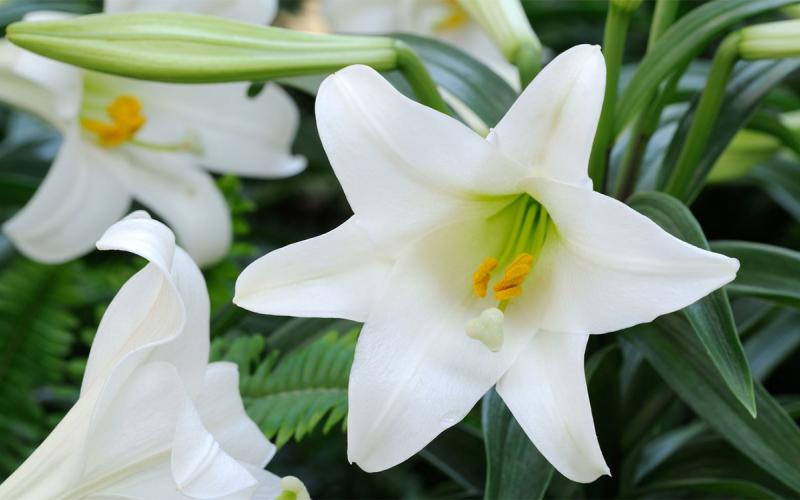
Easter Lily: The Centerpiece of Spring
Easter lilies have long been associated with spring. Learn how to select, care for and plant these popular spring flowers in this resource.
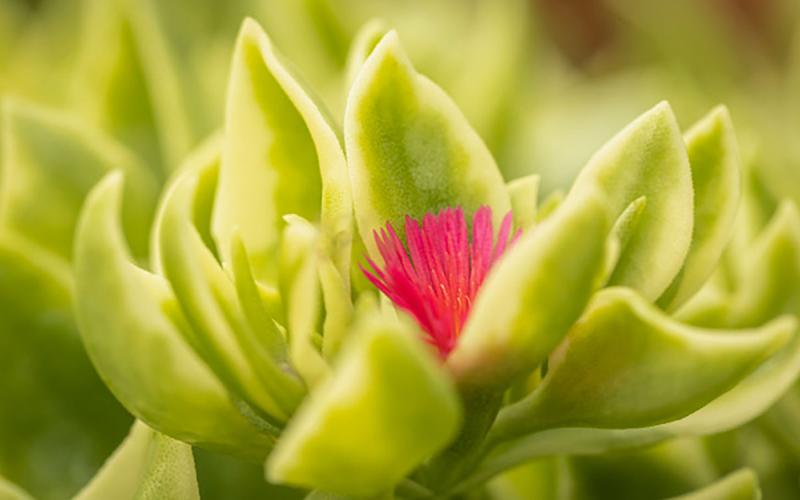
How to Care for Succulents Indoors
Succulents are popular, low-maintenance house plants that will grow in your home year-round. Learn some expert tips for planting, growing and caring for them in this resource!

The Basics of Seed Starting for Flowers and Vegetables
Have you ever thought about starting your own flowers or vegetables from seeds, but you don't know where to start? Learn some expert tips to start growing them at home today!

Agronomic Considerations for Moisture Deficit Conditions
The current soil moisture stress in South Dakota could be more pronounced than we have seen in last few years. If this continues, cropping decisions may need to be adjusted for the upcoming growing season.

Garden-friendly Milkweeds to Plant in South Dakota
Are you looking to add native plants to your home garden this season? Consider expanding your garden palette with milkweed species that are native to South Dakota.
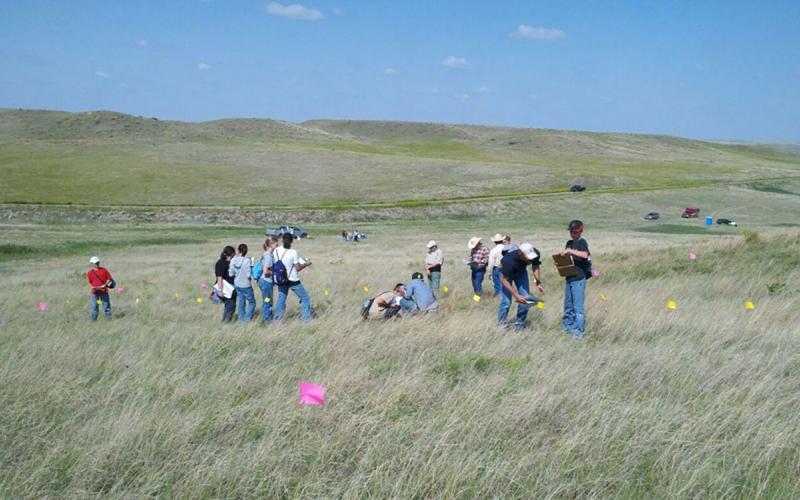
38th Annual Rangeland and 17th Annual Soils Days Set for June 14 and 15 in Murdo
March 28, 2022
Rangeland and Soils Days offer a unique opportunity for youth and adults alike to learn more about South Dakota’s natural resources.
Aphanomyces Root Rot of Alfalfa
Fact sheet on Aphanomyces Root Rot of Alfalfa

Best Management Practices for Sunflower Production
This is your unbiased, research-based guide to sunflower production, providing the latest recommendations to help increase yield, reduce input costs and protect your investment.
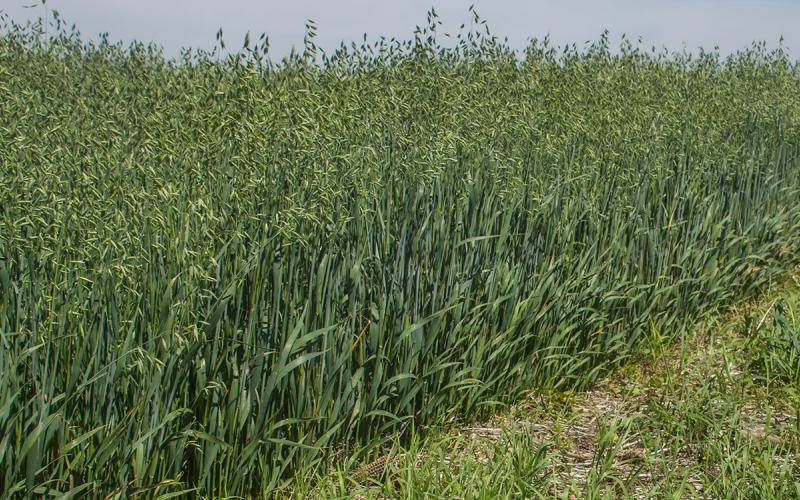
Planting Considerations for Oats in South Dakota
South Dakota is a leading oat producer in the United States. Learn some important oat planting tips, including timing, variety selection, seeding rate and fertilizer management.
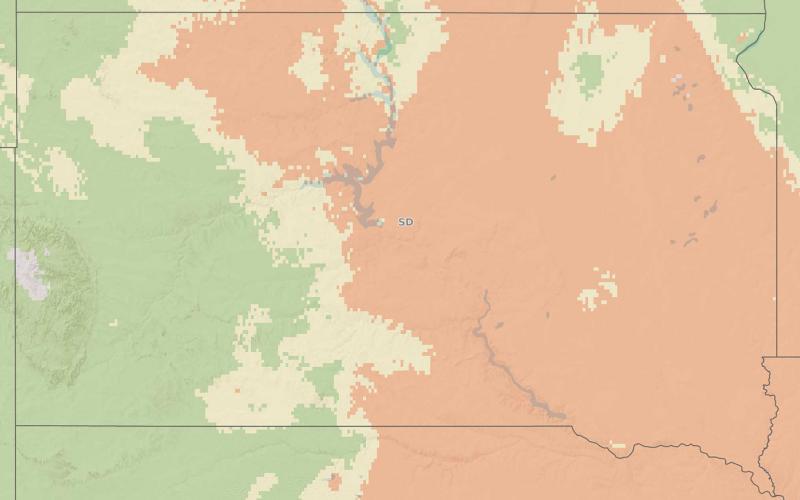
The Fusarium Head Blight Prediction Tool
The Fusarium head blight prediction tool, available through Penn State University and Mesonet at SDState, uses weather variables to predict the risk for Fusarium head blight in wheat.